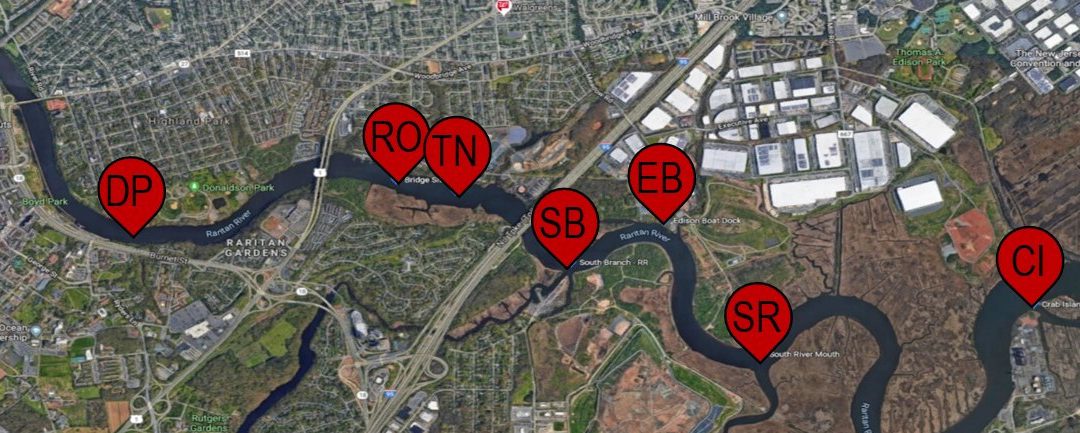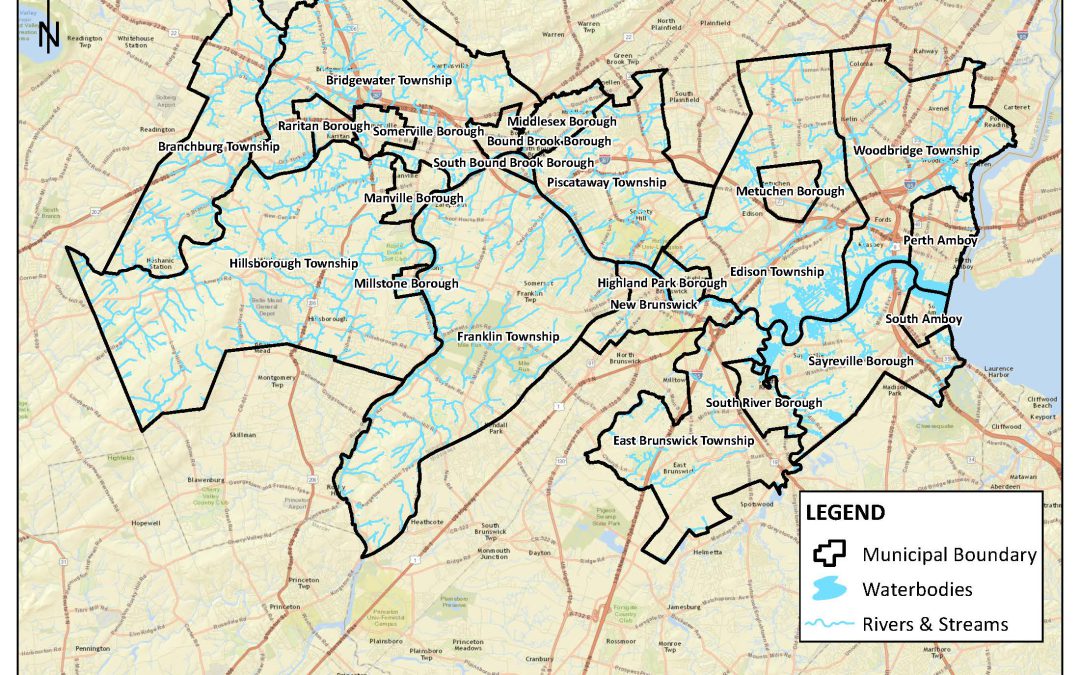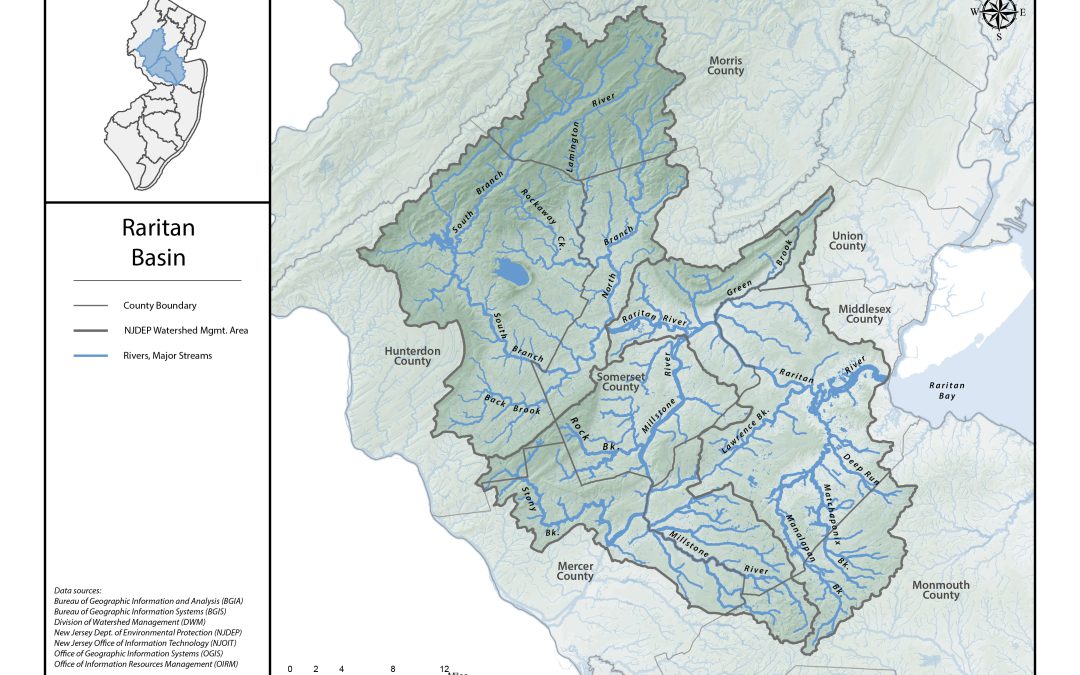Dr. Philip Sontag and Professor Katherine Dawson collaborated on a mini-grant project to understand the biogeochemical cycles of trace metal...


Dr. Philip Sontag and Professor Katherine Dawson collaborated on a mini-grant project to understand the biogeochemical cycles of trace metal...

The EPA Rutgers Raritan River Project was conducted to compile data related to point source and non-point source pollution and Superfund, Brownfield...
Rutgers University’s Sustainable Raritan River Initiative has released a second report on the status of watershed health for the Raritan River. The...

During Spring Semester, 2019, Jenny Schneider, a candidate for the Rutgers Public History Program Certificate (School of Arts and Sciences,...
The Reinfelder lab and high school students from Malcolm X Shabazz High School (MXSHS) in Newark, NJ were awarded a Rutgers Raritan River Consortium...
The Department of Environmental Protection – in cooperation with the U.S. Fish and Wildlife Service, National Oceanic and Atmospheric...
A 6-acre former brownfield on the Raritan River in Perth Amboy is being converted into the new 2nd Street Park. The site, previously Harry S....
Eight individuals and organizations received Sustainable Raritan River Awards at the 8th Annual Sustainable Raritan Conference and Awards Ceremony...
The Two States: One Bay conference, convened on June 12, 2015 by the Sustainable Raritan River Initiative and the New York-New Jersey Harbor &...
On June 12th, 2015, the New York-New Jersey Harbor & Estuary Program and the Sustainable Raritan River Initiative at Rutgers University...
Collectively, these cases studies illustrate the range of metrics that can be employed or utilized in a Building Performance Standard (BPS). Covered material includes how different jurisdictions have implemented these metrics in an effort to help New Jersey’s...
Decisions about how to respond to coastal flood hazards often involve disagreements over resource allocations. In the United States, large intergovernmental fiscal transfers have enabled rebuilding in areas that experience severe repetitive losses. This case study...
This residential demographic multipliers monograph presents the background to and context of residential demographic multipliers, and details the different facets of this information and how the varied data can be optimally applied. The monograph presents the multiple...
These articles were designed to help local government leaders develop “tech fitness” for their organizations. The idea of tech fitness is to ensure that organizations can meet expectations for technologically driven services, which today, include most government...